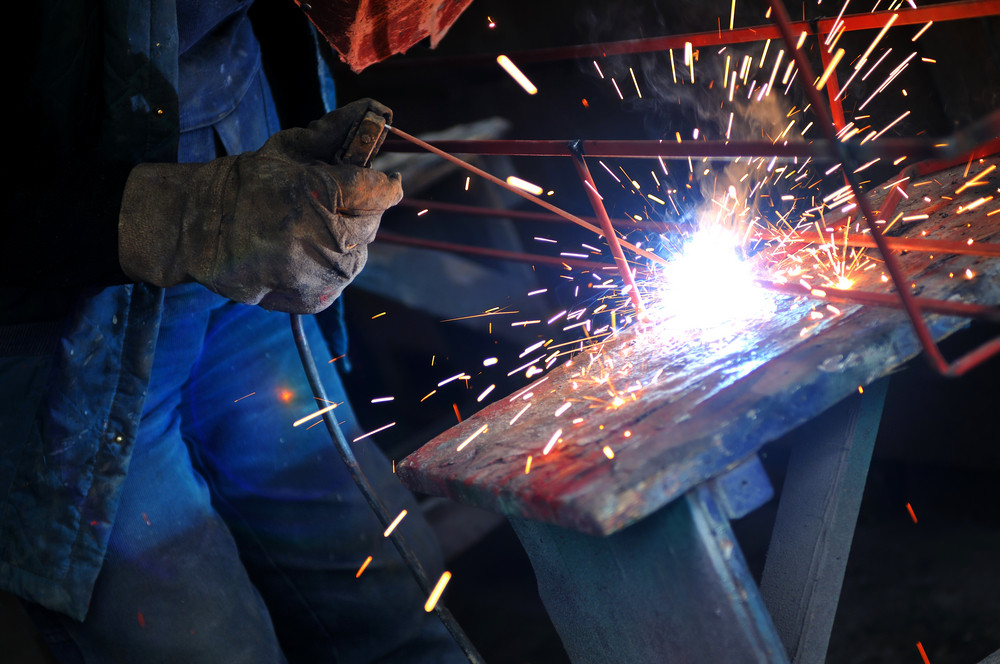
Maintaining a vehicle is often seen as a cumbersome and sometimes expensive responsibility. Many car owners are tempted to delay routine maintenance and necessary repairs, thinking it will save them money. However, putting off your car’s needs usually results in more significant expenses down the line.
1. What Are the Risks of Ignoring Regular Oil Changes?
Routine oil changes are fundamental to your vehicle’s health. Ignoring this critical maintenance task can lead to severe engine problems. Almost 8% of consumers have delayed routine vehicle maintenance, often resulting in costly fixes that could have been avoided.
Motor oil lubricates moving parts, reduces friction, and helps cool the engine. Without timely oil changes, the oil degrades, accumulating debris and becoming less effective. This neglect can lead to engine overheating and, eventually, engine failure.
Furthermore, skipping oil changes can impact your vehicle’s fuel efficiency. A well-lubricated engine runs smoother and burns fuel more efficiently. Delayed oil changes can thus cost you more at the pump.
2. How Does Delayed Tire Maintenance Affect Your Vehicle?
Tires are one of the most crucial components of a vehicle. Proper tire maintenance is essential for safety and vehicle performance. Most tires are designed to last around 55,000 to 85,000 miles, but this lifespan can be significantly shortened with neglected maintenance.
Neglecting regular tire rotations, alignments, and inflation checks can lead to uneven wear. Uneven tires can cause vibrational issues, lowering driving comfort and control. This can also impact other vehicle systems like suspension and steering, leading to more substantial repair needs.
Furthermore, poorly maintained tires are a safety hazard. Worn-out tires are more prone to blowouts and reduced traction, especially in adverse weather conditions. In the long term, ensuring proper tire maintenance is financially wiser than dealing with potential accident-related expenses.
3. Why Is Timely Brake Service Crucial?
The braking system is a critical safety feature of any vehicle. Delaying brake service can have severe implications for your driving safety. Worn brake pads and dysfunctional braking systems can lead to reduced stopping power, increasing the risk of accidents.
Many people delay brake service due to its immediate cost. However, continually using worn brakes can damage other components, such as rotors and calipers. Replacing these parts can be far more expensive than timely brake pad replacement.
Moreover, well-maintained brakes positively impact your car’s performance. Investing in timely brake services ensures that other parts remain undamaged and your vehicle retains its reliability. It’s a prudent approach to tbd in the long run.
4. What Are the Consequences of Postponing Engine Repairs?
The engine is the heart of your vehicle. Ignoring engine repair needs can lead to severe and costly damage. Minor issues such as tbd sensor malfunctions or oil leaks can escalate into more severe problems if not addressed promptly.
Engine problems often provide early warning signs, such as strange noises, reduced performance, or dashboard warning lights. Ignoring these signs not only risks engine failure but also incurs significant repair costs. Proactive engine maintenance saves significant tbd finance in the long run.
Additionally, a well-maintained engine ensures optimal vehicle performance. Addressing engine issues promptly helps maintain your car’s efficiency and reliability. This prevents further complications, ensuring safer and more cost-effective vehicle operations.
5. How Does Deferred Maintenance Impact Your Car’s Resale Value?
Deferred maintenance significantly impacts your car’s resale value. Future buyers often scrutinize maintenance records to ensure the vehicle’s reliability. Neglecting timely services can raise red flags, leading to reduced offers on your vehicle.
A well-maintained car retains more of its value. Regular services, such as brake inspections, oil changes, tire rotations, and engine repairs, contribute positively to your car’s longevity and resale value. This attention to detail reassures potential buyers of the vehicle’s worth.
Moreover, the auto glass market is valued at over $31 billion, reflecting the significance of maintaining all vehicle components, including the often overlooked ones. Comprehensive maintenance ensures that all aspects of your car are in good condition, positively impacting its market value.
Delaying necessary car maintenance and repairs may seem like a way to save money in the short term, but it often results in higher costs and more significant issues in the long run. By addressing your car’s needs promptly, you can avoid costly repairs and ensure your vehicle remains safe and efficient for years to come.










